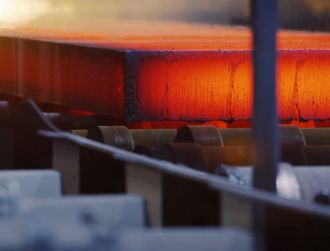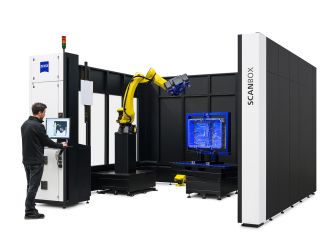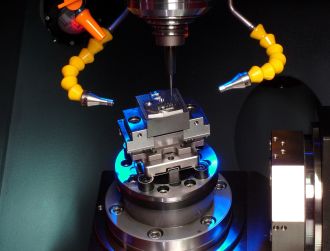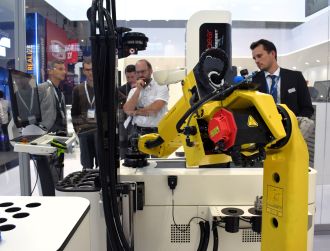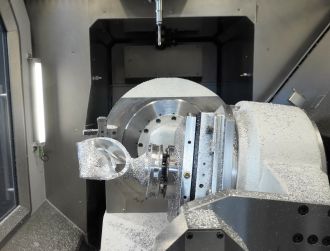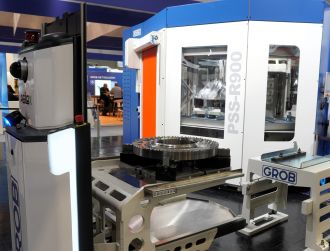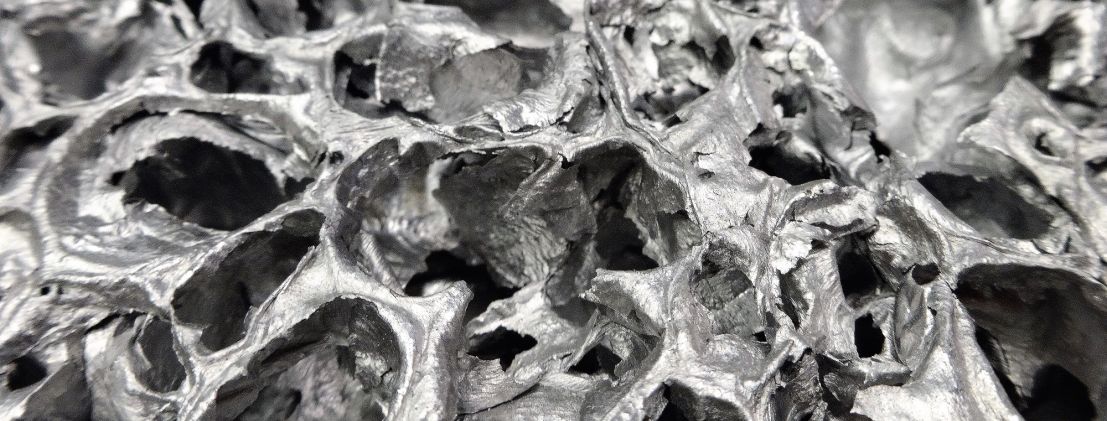
Sustainable production of aluminum alloys from scrap
Sustainable production, as called for in the Sustainable Development Goals of the United Nations, requires significant progress in the efficient use of resources. The production of aluminum alloys from scrap requires only about 5% of the energy used in extraction from ores and reduces the carbon footprint by a comparable value. It is estimated that the amount of aluminum available for recycling in Europe will double by 2050.
On the one hand, this offers the opportunity to move metallurgy closer to a circular economy, but on the other hand, it is a huge challenge because of the large volumes of end-of-life scrap (for example, end-of-life cars) and the high levels of contamination they contain.
Recycling of aluminum
The recycling of scrap containing aluminum poses a major problem compared to many other metals because the chemical character of aluminum makes it difficult to remove most of the elements and these impurities can deteriorate the material properties. In addition to new manufacturing processes, this must already be considered in the strategies for sustainable alloy development. A shift from a production from ores to recycling therefore requires a better understanding of how multiple scrap-related impurities affect aluminum alloys and how future materials can be designed to become scrap-compatible and compositionally tolerant upfront.
Consolidation of a new discipline
Although this topic has enormous economic importance and there is already a lot of research activity in different scientific communities, no review paper or standard work has been available so far. Under the leadership of Prof. Dierk Raabe from Max-Planck-Institut für Eisenforschung in Düsseldorf and Prof. Stefan Pogatscher from Montanuniversität Leoben, 22 researchers from prestigious institutions spent more than two years condensing nearly 1300 scientific papers into a comprehensive overview article. Together with Prof. Pogatscher, Prof. Helmut Antrekowitsch and Prof. Peter J. Uggowitzer (all Chair of Nonferrous Metallurgy at Montanuniversität Leoben) have contributed significantly to the consolidation of this important discipline. The work provides for the first time a holistic approach to the entire cycle of aluminum from cradle to grave from a materials point of view.
Publication in renowned journal
The review article was published in the prestigious journal Progress in Materials Science (IF 39.58). The journal is ranked first in materials science in Scopus. Only authoritative reviews of recent advances in the science of materials and their exploitation in engineering and other applications are published. Authors must be identified as leaders in their respective field.

